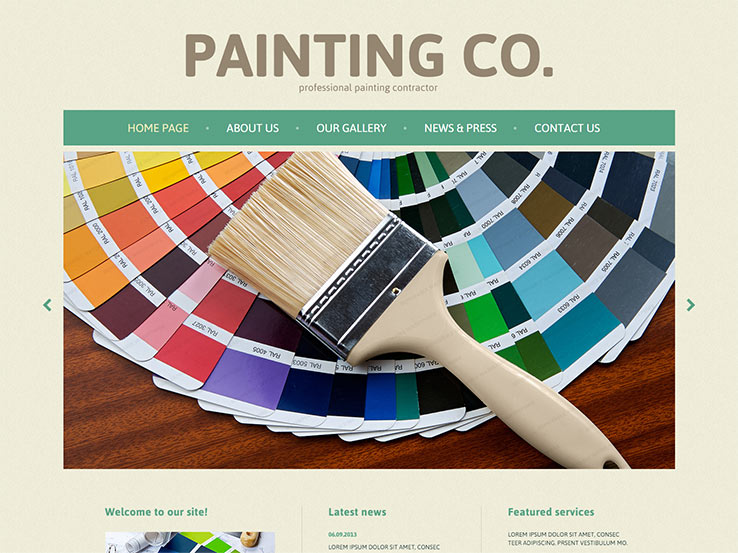Secret Seasonal Considerations For Commercial Exterior Paint: What You Need To Be Informed Regarding
Secret Seasonal Considerations For Commercial Exterior Paint: What You Need To Be Informed Regarding
Blog Article
Write- Read Full Report Created By-Fox Browne
When you're planning a commercial external painting job, seasonal aspects can make or damage your results. You'll wish to take into consideration exactly how temperature level and humidity influence paint application and drying times. Picking the best period can ensure your paint adheres appropriately and lasts much longer. But which seasons are genuinely the most effective for this kind of work? Let's discover the crucial elements that can impact your task's success.
The Influence of Temperature Level on Paint Application
When you're planning an industrial external paint job, the temperature can considerably impact how well the paint sticks and dries.
Ideally, you wish to repaint when temperatures range in between 50 ° F and 85 ° F. If it's also cold, the paint may not heal correctly, resulting in concerns like peeling off or cracking.
On the other hand, if it's too hot, the paint can dry also quickly, avoiding appropriate attachment and resulting in an irregular coating.
You should additionally take into consideration the moment of day; early morning or late afternoon supplies cooler temperatures, which can be much more beneficial.
Always check the manufacturer's referrals for the certain paint you're making use of, as they typically provide guidance on the ideal temperature level range for optimal results.
Moisture and Its Result on Drying Times
Temperature level isn't the only environmental variable that affects your commercial outside painting project; humidity plays a considerable role also. High moisture levels can reduce drying times considerably, affecting the overall top quality of your paint job.
When the air is saturated with moisture, the paint takes longer to cure, which can result in issues like inadequate bond and a higher risk of mold growth. If you're painting on a particularly moist day, be planned for extended wait times between coats.
It's essential to monitor regional weather conditions and strategy accordingly. Ideally, aim for humidity degrees between 40% and 70% for optimum drying.
Keeping these factors in mind guarantees your job remains on track and supplies a long-term finish.
Best Seasons for Commercial Exterior Painting Projects
What's the best season for your industrial exterior paint jobs?
Spring and early fall are generally your best choices. Throughout house interior painters near me , temperature levels are moderate, and humidity levels are frequently reduced, creating ideal conditions for paint application and drying.
Stay clear of summertime's intense heat, which can create paint to dry as well promptly, causing poor adhesion and finish. Likewise, winter's cold temperature levels can prevent correct drying and healing, risking the longevity of your paint task.
Aim for days with temperatures in between 50 ° F and 85 ° F for optimum results. Remember to check the local weather forecast for rain, as damp conditions can wreck your task.
Planning around these elements ensures your painting project runs efficiently and lasts longer.
Conclusion
To conclude, planning your industrial outside paint jobs around seasonal factors to consider can make a substantial difference in the result. By scheduling work during the suitable temperature levels and moisture degrees, you'll ensure far better attachment and drying times. Bear in mind to keep an eye on regional weather prediction and select the right time of year-- springtime and very early loss are your best choices. Taking these steps will certainly aid you achieve a durable and expert surface that lasts.
